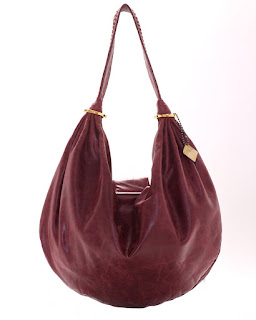
EXOTIC DISPLAY: P.M. Easwarudu and his creations. PHOTO: M. VEDHAN
Originally used as decorative wall hangings of the Muslim royalty of South India, Kalamkari, the hand-painted and block printed textile craft, was Persian-inspired, with the ‘Tree of Life’ as the dominant motif against a profusion of flowers, creepers and birds. The Machilipatnam ‘Mihrab’ created by master artisan P.M. Easwarudu and his father Nageswara Rao for the Festival of India in 1982 is a masterpiece of Kalamkari.Sadly Machilipatnam Kalamkari craft went into near oblivion in the early 20th century due to changing lifestyles and lack of patronage. It was resuscitated in the 1960s by visionaries such as Kamala Devi Chattopadhyay, Nelli Sethna, Pupul Jayakar and others. Painstakingly going through old Kalamkari collections and loads of forgotten blocks, and working with artisans such as Easwarudu they have revived Kalamkari.
Easwarudu, who was an integral part of this great revival, is in Chennai to participate in Craft’s Bazaar 2011, organised by the Crafts Council of India. Surrounded by his incredible oeuvre of Kalamkari bed linen, table linen, saris, yardage, scarves and stoles he speaks of his passion for Kalamkari, its present and future…
The revival of Machilipatnam Kalamkari…
By the 1960s Kalamkari had all but died out. At this juncture Kamla Deviji helped the Balyagudem Cooperative Industry, an organisation which worked with Kalamkari artisans. The craft got a further lease of life with Nelli Sethna’s intervention. She studied the craft from old manuscripts and books and got hold of ancient printing blocks. She stayed in our village for two months and exposed us to new Kalamkari formats, borders, bed sheets, table linen and saris using the old blocks. So beautiful were her formats that we only had to say “This is a Nelli Sethna design” and it would sell. I worked closely with her.
I believe the Festival of India really placed Kalamkaris centre stage…
Yes, it was in 1982. Martand Singh collected a lot of Kalamkari museum pieces and got blocks made in Mumbai based on their patterns. Martand Singh’ s team headed by Gautam Vaghela who was then Director, Design Weaver’s Centre, Mumbai, also did a lot of research on natural dyes which threw up many new vegetable dyes, shades and tones. Martand also developed three new designs for the Festival of India’s ‘Vishvakarma Exhibition’. One of them was the Machlipatnam Mihrab which you see behind me.
How did the project take off?
Martand Singh and his team brought the blocks and patterns to my village in search of artisans. My father and I did the job. We learnt to use the old block patterns and also customise them to suit clients’ tastes. We developed new blocks, which together with the expanded colour palette have given new life to the craft.
Do you use all these techniques?
Yes, my saris, wall hangings, fabric and linen are a mix of old and new techniques of colours and motifs. We continue to adopt new trends in blocks and formats.
What is the state of Kalamkari block print today?
Not entirely satisfactory. Many units have sprung up. They make cheap screen printed Kalamkari saris, fabric etc. There is adulteration in colours and patterns. Many from the younger generation have left in search of more paying jobs. Government schemes to help craftsmen hardly reach the Kalamkari artisan.
(Easwarudu’s Machilipatnam Kalamkari saris, fabric, salwar kameez outfits, bed and table linen etc. are on view at Crafts Bazaar 2011 – Stall No. 3, Valluvar Kottam, Nungambakkam High Road, till October 2.)




















































